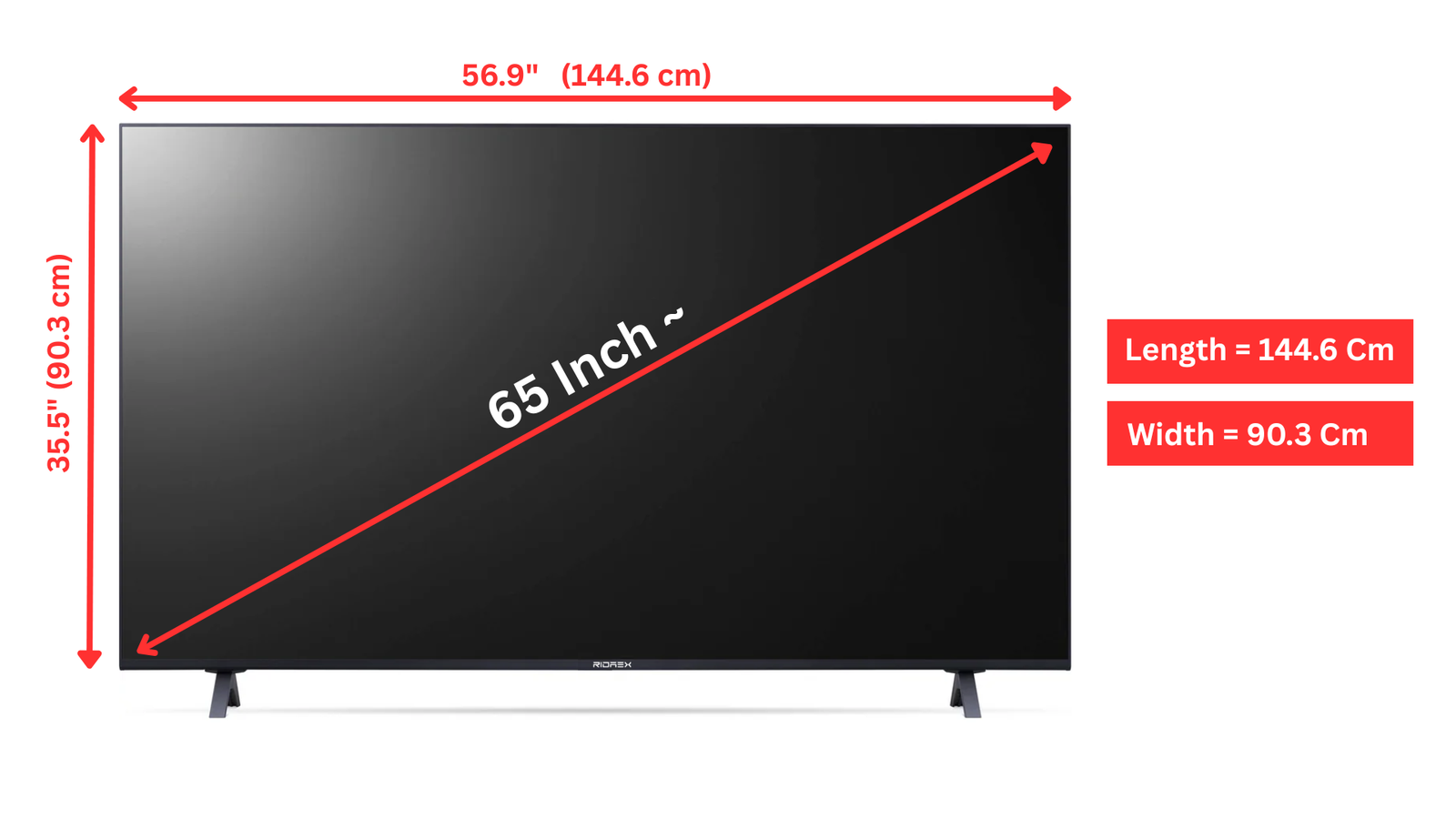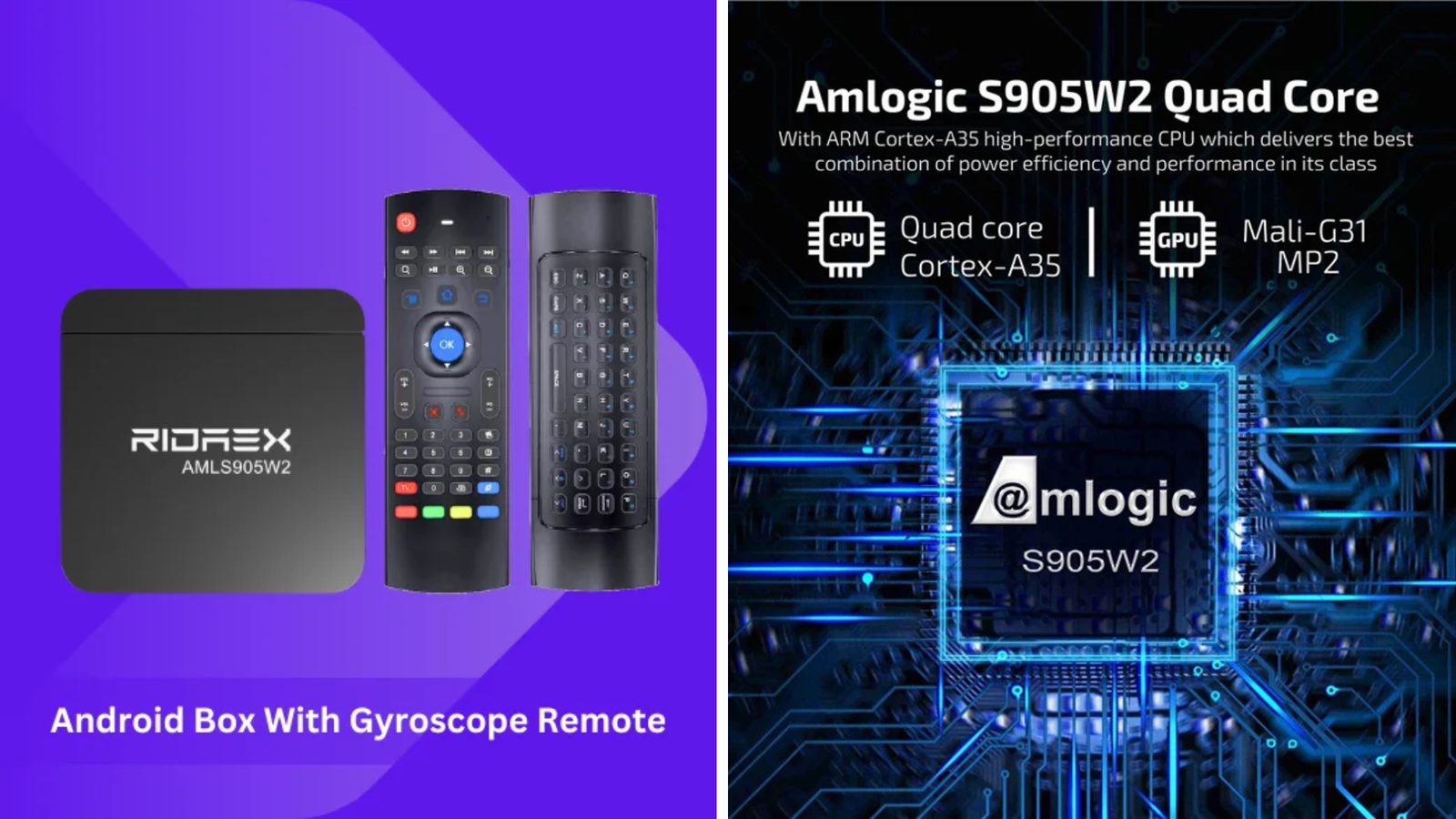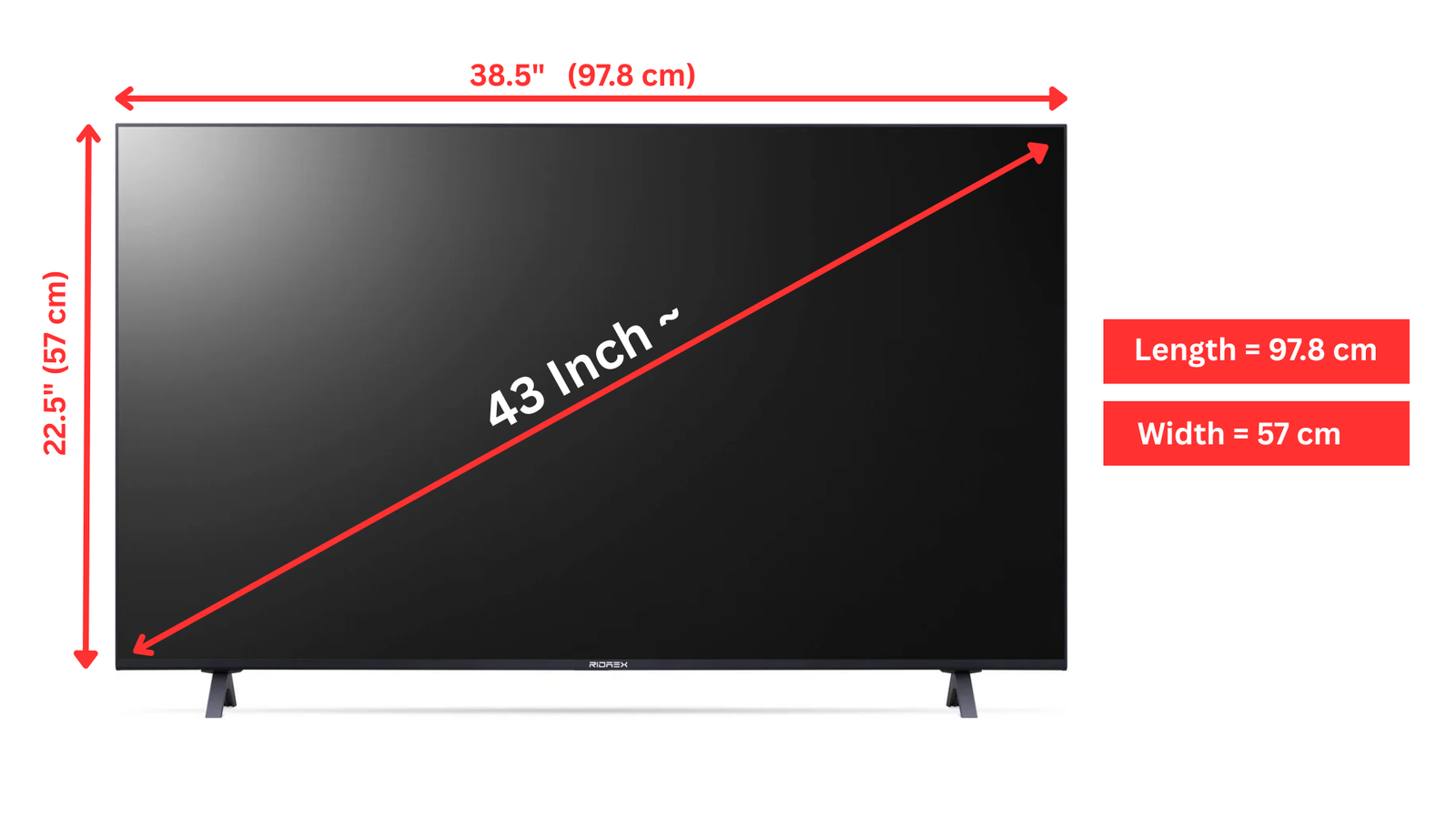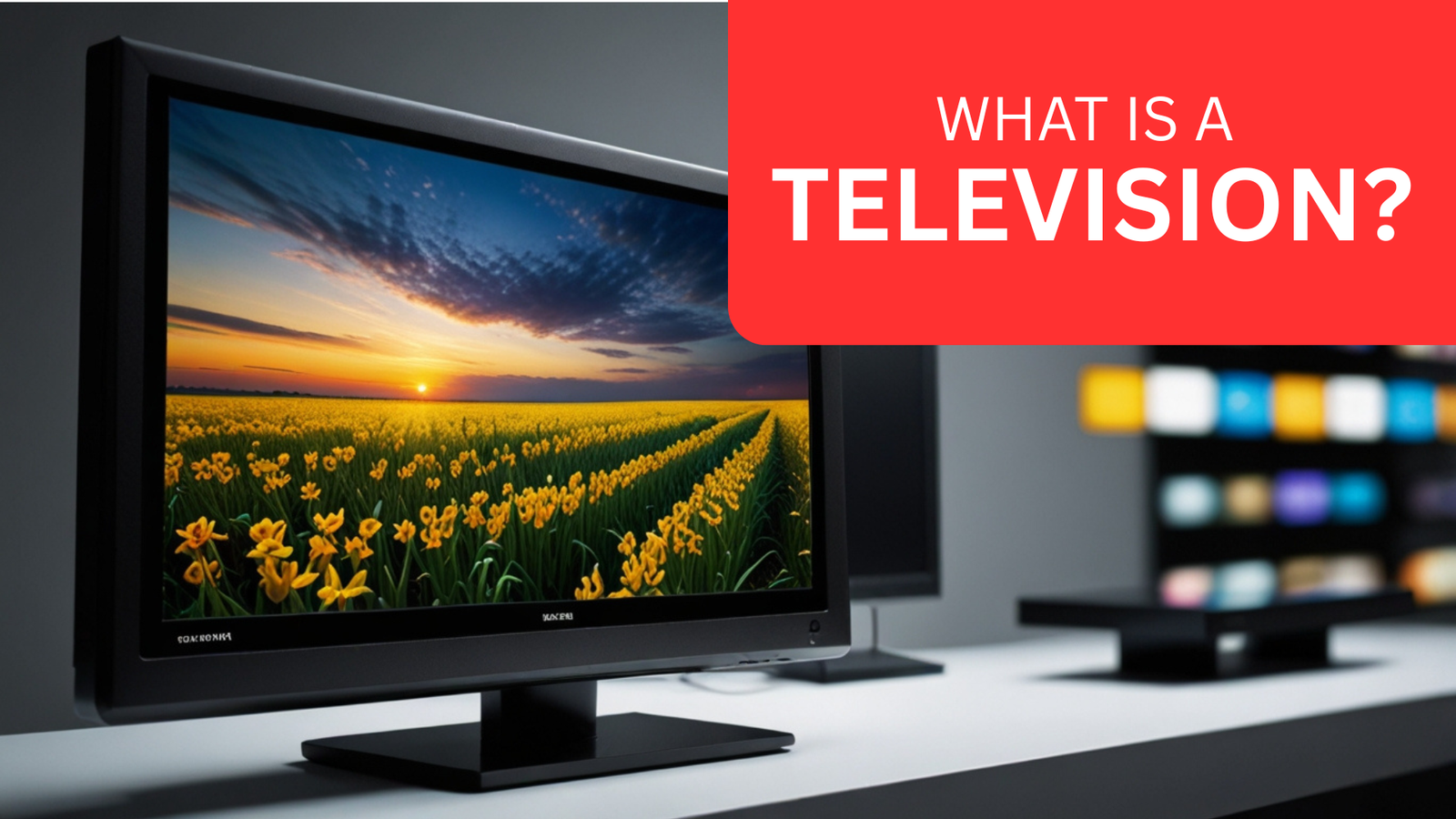A 65 inch TV is 56.9" wide x 35.5" tall without the stand. Discover the ideal viewing distance for an immersive...

OLED vs QLED what is the difference?
OLED vs QLED
The main difference between OLED and QLED is in the way they produce colours and their ability to display true blacks. OLED TVs can display true blacks since each pixel can be turned off independently, while QLED TVs cannot achieve true blacks due to the backlight. However, QLED TVs can produce brighter images than OLED TVs since the backlight can be more powerful.
What is OLED?
OLED stands for Organic Light Emitting Diode. An organic sheet that two conductors travel through to generate light is the basis of an OLED display. OLED is a far better technology than LCD since this light is produced by individual pixels, allowing for the placement of a bright white and a dark black pixel next to each other, as opposed to LCD TVs that use a backlight to illuminate the liquid crystal film (which results in light bleeding).
What is QLED?
QLED stands for Quantum-dot Light Emitting Diode. The backlight in a QLED display is utilised to transmit light via the Quantum-dots, which are semiconductor particles with a size of a few nanometers. Because the dots are photoluminescent, when light from a secondary source travels through them, they produce a brilliant glow.
.png)
Comparison of OLED and QLED
There are major differences between OLED and QLED.
1. Technology: OLED is an abbreviation that means Organic Light Emitting Diode, and QLED is an abbreviation that represents Quantum Dot Light Emitting Diode. While QLED screens use quantum dots, which are activated by light sources to generate various light colours, OLED panels use organic materials that emit light when an electric current is applied to them.
2. Contrast Ratio: OLED Display have perfect blacks and an infinite contrast ratio due to the ability of each pixel to dim down while showing black. Although QLED displays have outstanding contrast ratios, they cannot produce OLEDs' degree of true black.

3. Viewing Angles: OLED TVs have broader viewing angles than QLED TVs, which means you can see the screen from practically any angle without losing any colour or contrast.
4. Picture Quality: OLED screens tend to have better picture quality than OLED screens in terms of contrast and black levels. OLED screens can produce perfect blacks because they can turn individual pixels off completely, while QLED screens require a backlight that can sometimes cause a light bleed.
5. Price: OLED screens are generally more expensive than QLED screens, mainly due to the higher cost of manufacturing OLED panels.



















Leave a comment